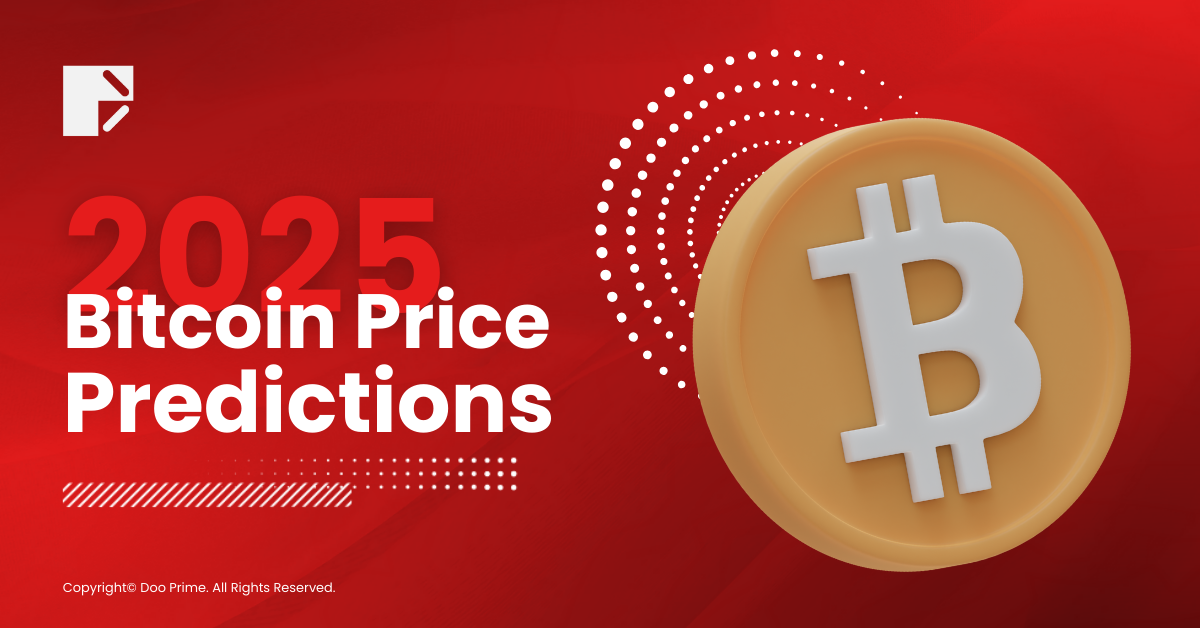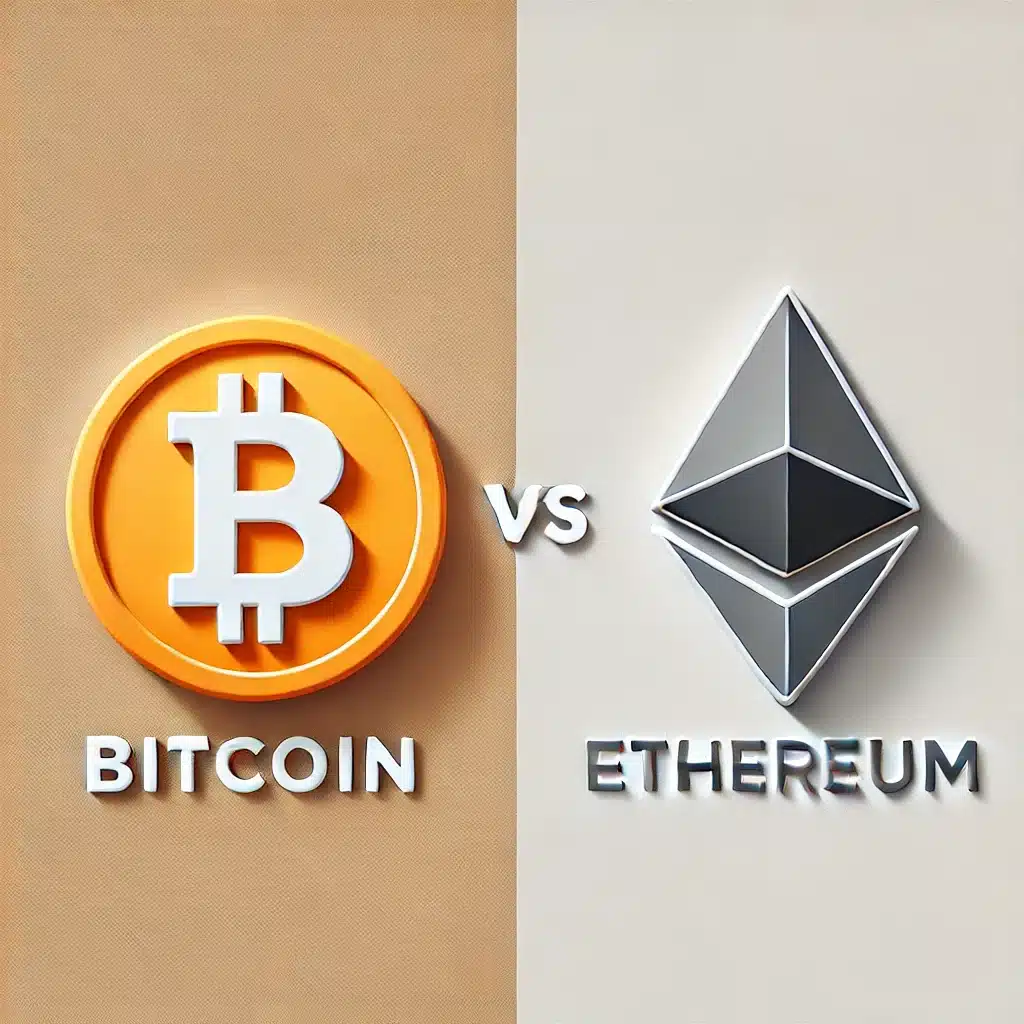
The Future of Bitcoin: Insights from Charles Hoskinson on Market Trends
In the ever-evolving landscape of cryptocurrency, few figures command as much respect as Charles Hoskinson, co-founder of Ethereum and Cardano. Recently, Hoskinson shared his bullish outlook on Bitcoin, predicting that the leading cryptocurrency could soar to $250,000 by the end of 2025. This optimistic forecast is rooted in several key factors that suggest a robust future for Bitcoin, even amid existing economic challenges.

Growing Adoption
One of the most compelling reasons for Hoskinson's positive sentiment is the increasing global adoption of cryptocurrencies. According to recent data, the number of cryptocurrency users worldwide has surged to 659 million, representing a 13% year-over-year increase. This burgeoning user base reflects a significant rise in demand for Bitcoin and other digital assets, indicating that cryptocurrency is becoming an integral part of the global financial system.
In a statement, Hoskinson remarked, "As the user base grows, so does the demand for Bitcoin as a legitimate form of currency and an asset class." This sentiment is echoed by various reports highlighting the increasing integration of cryptocurrencies into daily transactions and investment portfolios worldwide.
Legislative Developments
Another vital factor influencing Hoskinson's prediction is the evolving landscape of cryptocurrency legislation in the United States. As the government progresses towards clearer regulations, major tech companies are poised to embrace Bitcoin more fully. This was exemplified by the establishment of a Strategic Bitcoin Reserve by the U.S. government in March 2025, which Hoskinson asserts could serve to further legitimize Bitcoin as a financial asset.
"Clarity in regulations will pave the way for institutional adoption," Hoskinson stated. "This will not only bolster confidence among investors but also attract large companies looking to integrate Bitcoin into their operations."
The Role of Economic Policy
The market dynamics surrounding Bitcoin are also influenced by broader economic indicators. Hoskinson anticipates a speculative rally in the cryptocurrency market, particularly with the Federal Reserve expected to lower interest rates in the near future. Such a move would likely inject "cheap, fast money" into cryptocurrencies, providing the liquidity needed for a price surge.
Historically, when interest rates are low, investors tend to seek higher returns in riskier assets, such as cryptocurrencies. According to market analysts, a decrease in interest rates could lead to increased inflows into Bitcoin, pushing its price higher.
Global Demand
While the U.S. market may face challenges due to economic slowdowns, global demand for Bitcoin remains robust. Countries around the world are increasingly recognizing Bitcoin's potential as a digital asset. Nations such as El Salvador have already adopted Bitcoin as legal tender, setting a precedent that could inspire further global acceptance.
"Bitcoin is no longer just an American phenomenon; it's a global asset," Hoskinson added. "Countries are realizing that Bitcoin can play a significant role in their economies, especially in regions with unstable currencies."
The Continued Rise of Institutional Investment
Institutional interest in Bitcoin is also on the rise. Investment firms and hedge funds are increasingly allocating portions of their portfolios to Bitcoin, seeking to capitalize on its potential for high returns. This shift represents a significant change in sentiment, moving from skepticism to acceptance of Bitcoin as a viable asset class.
Recent data from CoinMarketCap indicates that institutional holdings of Bitcoin have surged, suggesting a growing confidence in its long-term value. As more institutional players enter the market, Bitcoin's legitimacy as an investment increases, further fueling its price potential.
Market Dynamics and Speculation
As Hoskinson looks ahead, he emphasizes the importance of market dynamics and speculative behavior in shaping Bitcoin's future. The cryptocurrency market is known for its volatility, and price fluctuations can often be driven by speculation. Analysts point to the potential for significant price swings as traders react to news and market sentiment.
"Market dynamics play a crucial role in Bitcoin's price trajectory," Hoskinson noted. "Traders and investors need to be aware of the speculative nature of this market, as it can lead to rapid price movements in either direction."

Implications for Investors
For investors, Hoskinson's insights underscore the necessity of remaining vigilant and adaptable in the face of an evolving landscape. The interplay of increasing adoption rates, favorable legislation, and strong global demand presents ample opportunities for growth. However, investors must also be prepared to navigate the inherent volatility of the cryptocurrency market.
"It's essential for investors to stay informed and understand the factors driving the market," Hoskinson advised. "Those who can adapt to the changing environment will be well-positioned to capitalize on Bitcoin's potential."
Conclusion
As Bitcoin continues to solidify its place in the financial ecosystem, the insights of industry leaders like Charles Hoskinson provide valuable perspectives on its future trajectory. His prediction of a potential surge to $250,000 by the end of 2025 is ambitious yet grounded in observable trends of increasing adoption, legislative clarity, and global demand. Investors are encouraged to closely monitor these developments, as the landscape of cryptocurrency evolves rapidly.
For further insights into the cryptocurrency market and ongoing developments, stakeholders can explore resources from MarketWatch and The Motley Fool.
